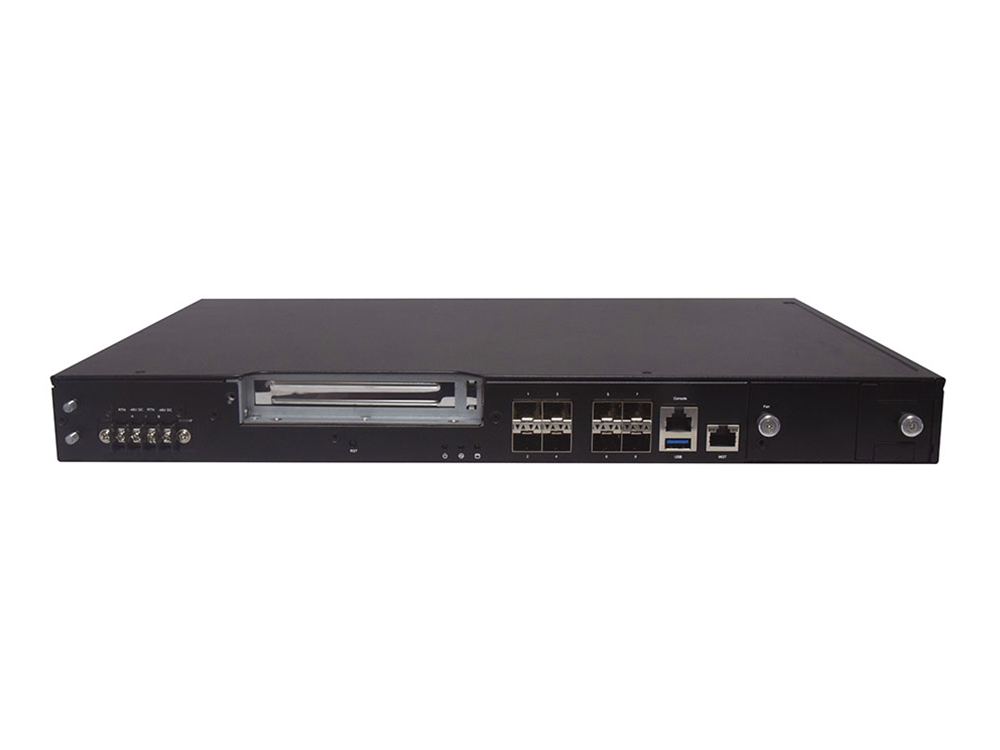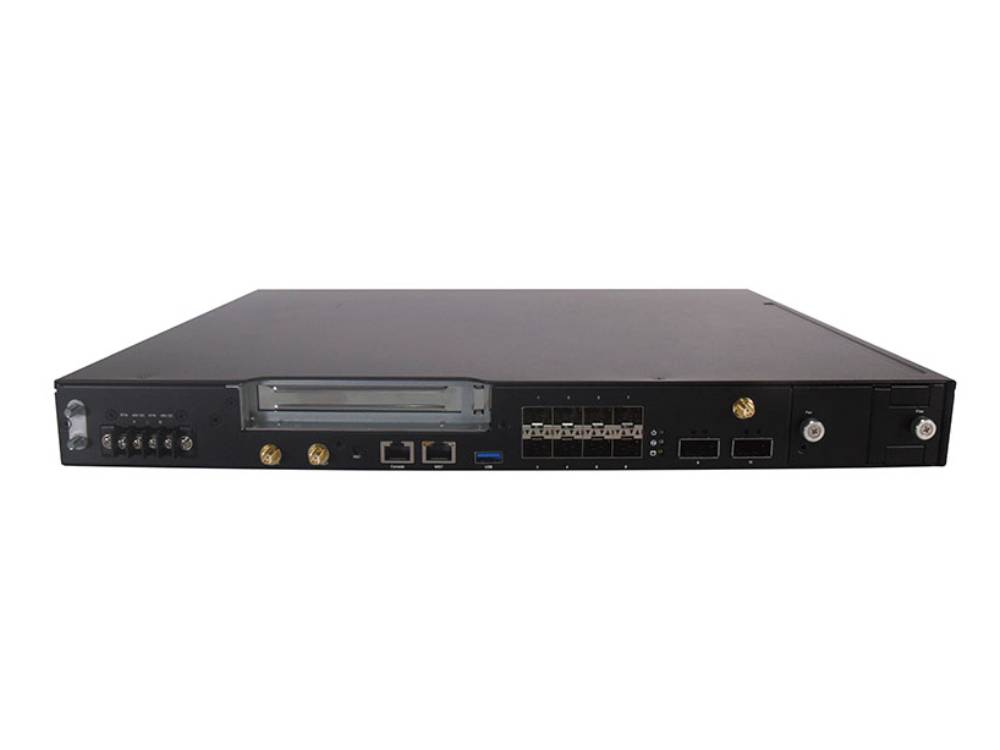Fronthaul architecture configurations have the ability to balance the reliability, throughput, and latency demands of advanced applications on 5G networks. Depending on the type of data handling needed, fronthaul layered architecture can be distributed across the network between edge data centers and central data centers. This framework will enable wireless carriers and mobile operators to upgrade and enhance their wireless networks without being tied to legacy equipment and accelerate large-scale 5G fronthaul deployment in a scalable manner.
What types of acceleration are pivotal for 5G networks?
It is true that even the best software cannot provide the performance offered by hardware acceleration, and together is when they become an unbeatable combination. Core networks and open 5G RAN networks can all benefit from a hardware accelerator to provide better performance by handling massive traffic loads and channel bandwidth.
Fronthaul gateway (FHGW) network refers to the connection between centralized BBUs and geographically separated RRHs. FHGW framework can offload complex interface connectivity to the CPRI and eCPRI radio units for transport over Ethernet networks. At the same time, it can be used to offload fronthaul Split 7.x and Spit 8x, and fronthaul processing functions including compression / decompression, precoding, and Low L1.
Other accelerators for O-RAN networks are centralized unit CU/distributed unit DU acceleration for turbo codes; LDPC, RRH acceleration for DFE, BF, and Low L1; and core accelerators such as NFVi, UPE, TCP.
Why is a programmable acceleration solution so important for 5G fronthaul gateways?
Fronthaul gateways deliver flexible, programmable acceleration which enables the 5G ecosystem, spanning from virtual BBU to fronthaul gateway appliances and radio units. With 5G, optical and wireless networks solutions can converge to flexibly connect different types of RAN solutions, such as 4G and 5G RANs that use multiple radio access technologies, to the core network. In this way, the RANs can connect to the different 4G/5G RRHs, in addition to support various 5G fronthaul splits.
The field programmable gate arrays (FPGAs) is flexible, programmable, and further optimizes data plane performance, while also handling both FEC offloading and interface connection. A field programmable gate array (FPGA) based fronthaul gateway provides a programmable 5G xHaul solution, enabling future upgrades in the field to address new requirements.
What are the primary Fronthaul Gateway use cases?
The fronthaul gateway can be deployed as an interworking system to enable open RAN adoption or a packetized fronthaul transport system. The key processing functions of a fronthaul interworking system includes mapping and processing CPRI-centric IQ data, control words, in addition to manage and synchronize the O-RAN C/U/S-Plane and M-Plane specification.
In a packetized fronthaul transport system, the fronthaul gateway can ensure latency delivery and consistent jitter as it carries various fronthaul service flows over an Ethernet mechanism.
What industry trends are driving in-building Open RAN system deployments?
As private 5G networks continues to be demanded globally, deploying an in-building OPEN RAN system would significantly decrease costs and support various deployment models of private 5G networks. There is a need for simplifying interfaces, and by using a common in-building vDU/vCU to coordinate would crucially reduce building-to-external macro cell coordination interfaces. This would considerably reduce the complexity of system roll-out and enable quick deployment. Lastly, there is a demand for more choice and openness, and an OPEN RAN system would allow for network components from different vendors, leading to increased innovation, more possibilities, and lower costs.
What are the benefits from deploying RAN at the far edge or micro site?
Deploying a RAN system allows for the use of open OTS x86 infrastructure, that meets telco requirements, to broaden the choice of hardware at the micro site. Additionally, it allows easier deployment of 3GPP slicing on the mid-haul by easily supporting various software functions enabled by hardware acceleration. In turn, it allows faster adoption of OPEN RAN or 3GPP radio features through a software update to the virtualized DU elements. Last but not least, deploying RAN at the far edge enables the deployment of distributed 5G core elements, such as the UPF and enable MEC applications to be instantiated at the far edge. This would be required for some ultra-low-latency mission-critical applications or low-latency augmented reality and virtual reality applications.
Lanner Fronthaul Gateway Solution
Hardware acceleration can significantly enhance any O-RAN implementation, increasing raw performance, and reducing power consumption.
Lanner ECA-4025 is a high-performance appliance designed to leverage edge computing for accelerating 5G Open RAN, Edge Cloud, and AI edge-focused applications deployment. ECA-4025, powered by 8~16 cores Intel® Xeon® D-2100 series processor (codenamed Skylake-D), supports a PCI-E slot, designed to support FPGA, GPU or Time Sync cards, making it suitable as Edge AI server for smart city applications, Multi-access Edge Computing (MEC) server for 5G Edge Cloud, and Open RAN platform for Distributed Units.








